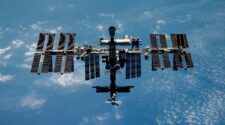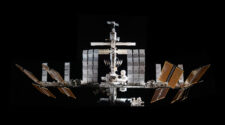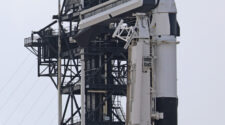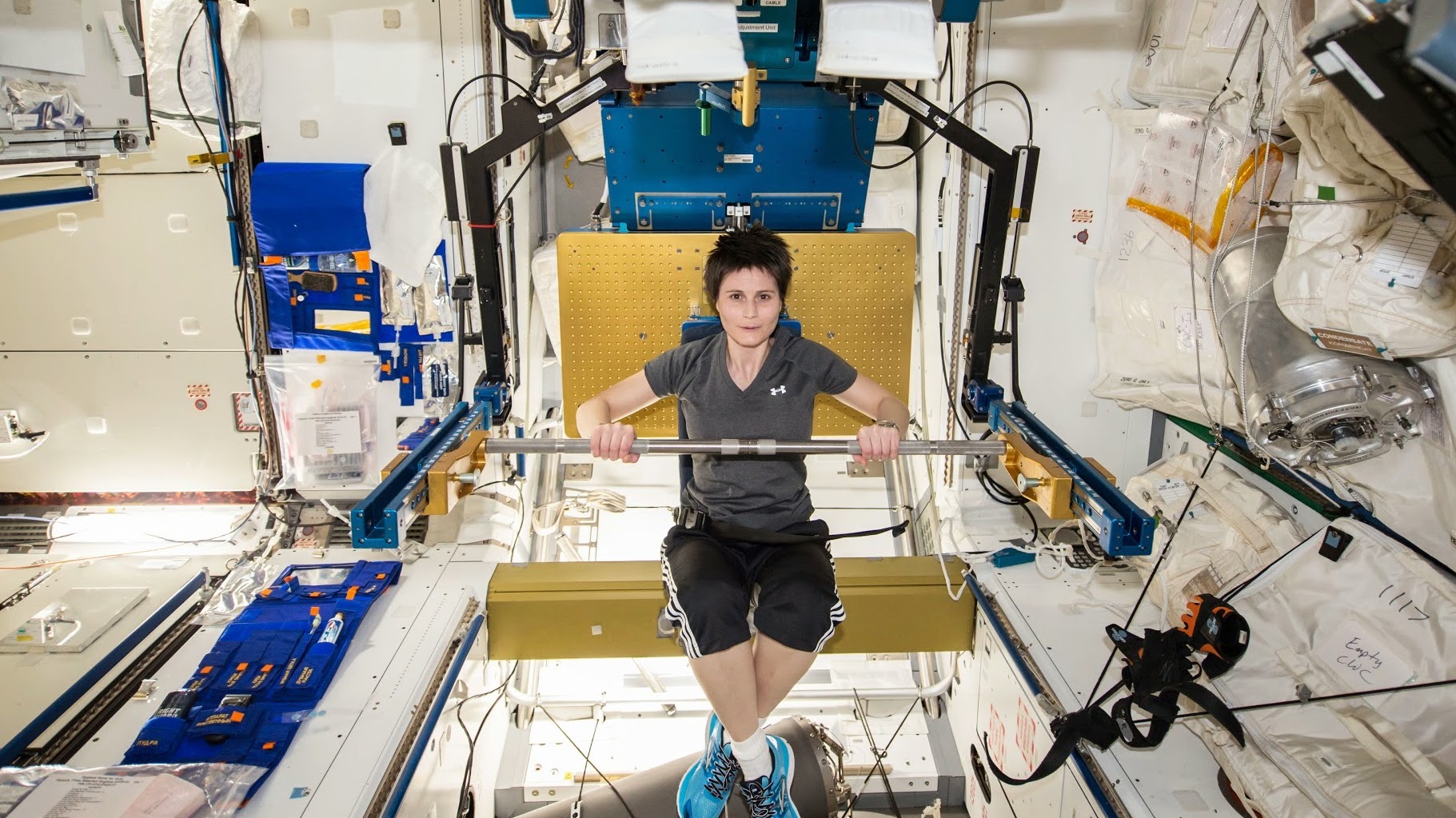
Think of the International Space Station as a floating science lab that’s constantly conducting experiments.
In most cases, NASA, the U.S. space agency, provides logistical support to international partners as they prioritize experiments, schedule them, deliver necessary materials to the station and receive results on Earth.
U.S. astronauts and those from international partner countries conduct the hands-on portion of experiments.

Collaboration with Europeans
The European Space Agency (ESA) has sponsored many experiments on the station, often in collaboration with NASA and other station international partners. One ongoing ESA investigation examines spaceflight’s long-term effects on muscle tone. The project monitors the biochemical properties of crew members’ muscles, such as muscle tone, stiffness and elasticity, in spaceflight.
Results may help scientists better understand humans’ resting muscle tone and possibly lead to new treatments for rehabilitation on Earth or in space.
“It could inform muscle-wasting disease on Earth and could inform new countermeasures for astronauts to keep them healthy and strong on future long-duration missions to the moon or Mars,” Dansberry says.
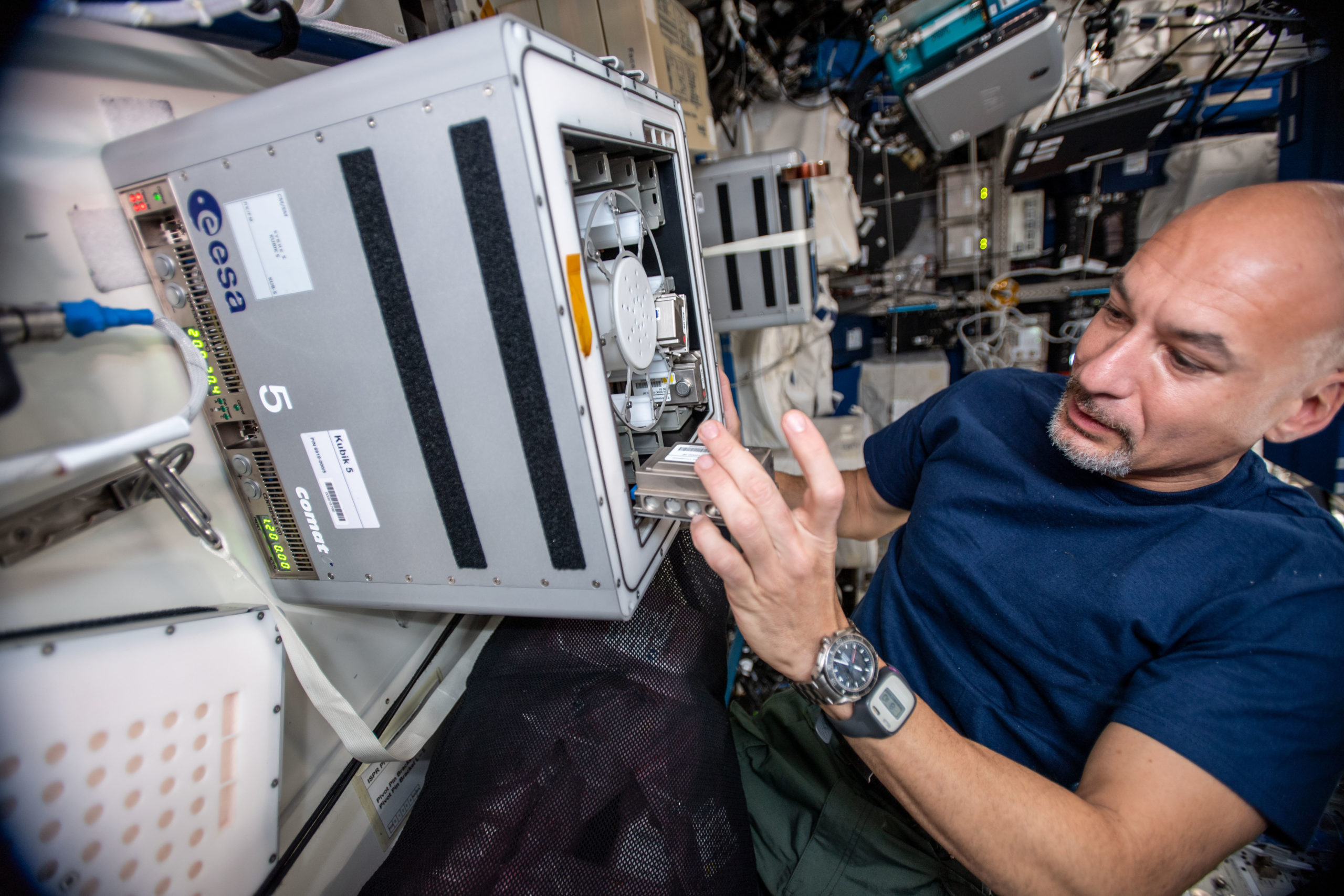
NASA is also supporting the BioAsteroid experiment, another ESA-sponsored investigation, which studies how microbes growing on the surface of rocks can gradually break them down and extract useful minerals and metals. Microbes could turn rock and loose rock material into soil to grow plants and food, perhaps one day on the moon.
“To me, this is fascinating because I did not realize how often microbes are used on Earth in [bio]mining, but it’s very substantial,” Dansberry says.
SpaceX CRS-21 – a U.S. commercial resupply vehicle contracted by NASA – will fly this experiment to the space station later this year.

